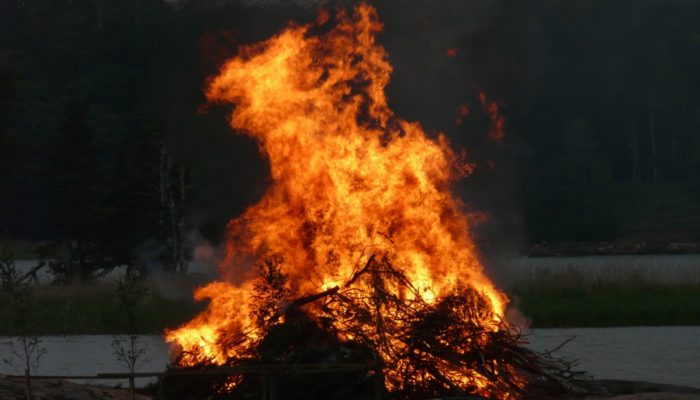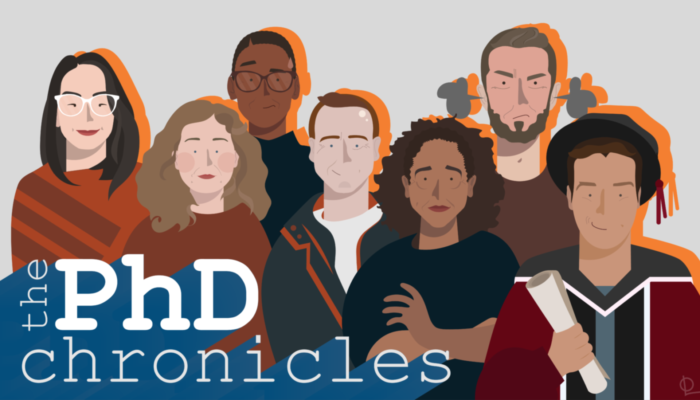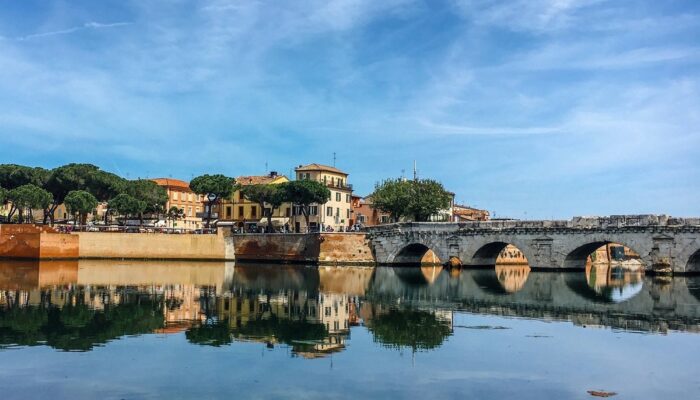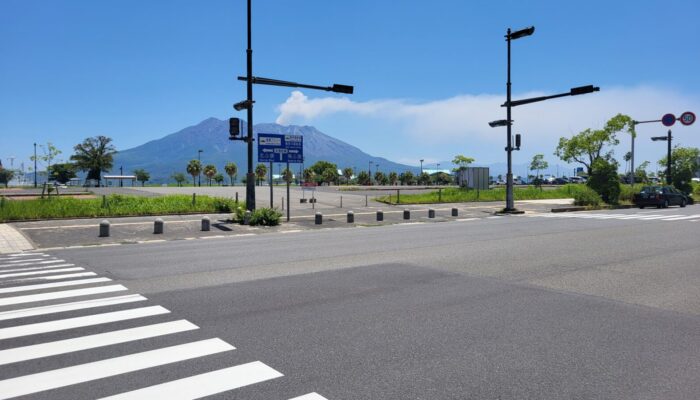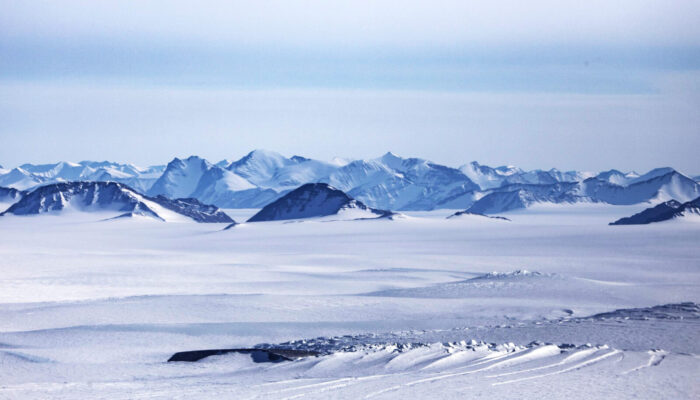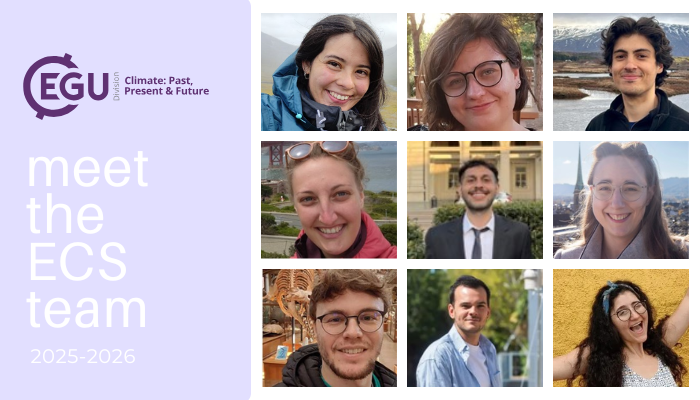Earth’s structure and dynamics have evolved quite a lot since its formation, and so has mantle dynamics and convection patterns changed along with it. It turns out that phase transition in certain mantle minerals can be an important driver of this change. Today, Ranpeng Li from GEOMAR Helmholtz Centre for Ocean Research Kiel, Germany explains how coupling geodynamic models with thermodynami ...[Read More]
Geodesy
EGU Campfire Geodesy – Share Your Research – 12th Edition
We are excited to announce the 12th edition of Geodesy Campfire – Share Your Research in November. The Geodesy EGU Campfire Events “Share Your Research” give (early career) researchers the chance to talk about their work. We have two exciting talks by our guest speakers, Amin Shakya and Vivek Yadav Kumar. Below, you can find the details of the topics awaiting us. We will have time to network after ...[Read More]
Solar-Terrestrial Sciences
Meet Richard Horne, 2025 Julius Bartels medalist, honoured for his fundamental contributions to understanding the formation of the radiation belts and their effects on space weather
Congratulations on receiving the 2025 Julius Bartels Medal for your groundbreaking contributions to wave-particle interactions, their role in accelerating charged particles, and advancing the understanding of the formation of the radiation belts and their space weather effects. What does this recognition mean to you personally, and how does it impact your work in this fascinating field? I am truly ...[Read More]
Geodynamics
One Ring to Rule Them All: The Geology of Middle-earth
Few fantasy worlds have captured the imagination of readers and viewers like J.R.R. Tolkien’s Middle-earth. Whether you first encountered it through The Lord of the Rings or the sweeping visuals of Peter Jackson’s films, chances are your eyes lingered on the same thing geologists can’t help obsessing over: the mountains. Towering, treacherous, mysterious — the Misty Mountains, the White Mountains, ...[Read More]
Stratigraphy, Sedimentology and Palaeontology
Tracing temperatures in tropical Lake Petén Itzá over the last 24,000 years
Past and present global warming: its effect on the tropics According to meteorological data and climate models, global temperatures have increased by up to 1.1 °C since 1960 because of rising atmospheric greenhouse gas concentrations, including an increase in CO₂ concentrations by up to 200 ppm. In some regions, such as the tropics, home to over 40% of the world’s population, warming has re ...[Read More]
Geodynamics
Resisting self-guilt as a PhD student
Self-guilt is a common feeling among PhD students. It often leads us to devalue ourselves more harshly than is fair and to form unrealistic expectations. It is important to understand how it shows up in our daily work, what fuels it, and how we can resist it — because over time, it can quietly undermine both our well-being and our work. The ideas below are the results of group discussions that hav ...[Read More]
Geodesy
Highlights at IAG Scientific Assembly 2025 – What you need to know
It is almost time for the scientific assembly of the International Association of Geodesy (IAG), an association of the International Union of Geodesy and Geophysics (IUGG). The EGU Geodesy Division and the IAG have worked together for many years. For example, the IAG has been the main sponsor of the Geodesy Reception at past EGU General Assemblies. Besides this, the IAG coordinates global geodetic ...[Read More]
Natural Hazards
If a Resilient City Had a Face: It Might Look Like Kagoshima
As natural hazard scientists, we often emphasise the concept of exposure – how much people, infrastructure, and ecosystems are in harm’s way when close to natural hazard sources (e.g., floodplains, volcanoes, or fault lines). The closer you are, the higher the risk. Therefore, one of the main goals in natural risk assessment is to reduce exposure whenever possible. We advocate for informed plannin ...[Read More]
Biogeosciences
On ice: algal blooms and the Greenland Ice Sheet
On the first episode of the EGU Biogeosciences Division’s podcast series, Bikem Ekberzade interviews Helen Feord on the algal blooms that contribute to the melting of the Greenland Ice Sheet. Together with Feord, a researcher for the 5-year long project DEEP PURPLE the two scientists talk about cryosphere research, climate change and what it means for us today. You can listen to the podcast ...[Read More]
Climate: Past, Present & Future
Meet the new ECS-Team of the Climate Division
Dear Climate ECS Community, Welcome to the Climate ECS community! We’re a team of early career scientists who love connecting with fellow researchers, organizing events, and building a strong and supportive network. Let’s grow, share, and create impact together! Early career scientists (ECSs) make up a significant part of the EGU membership. We are committed to ensuring that your voice is heard, y ...[Read More]


